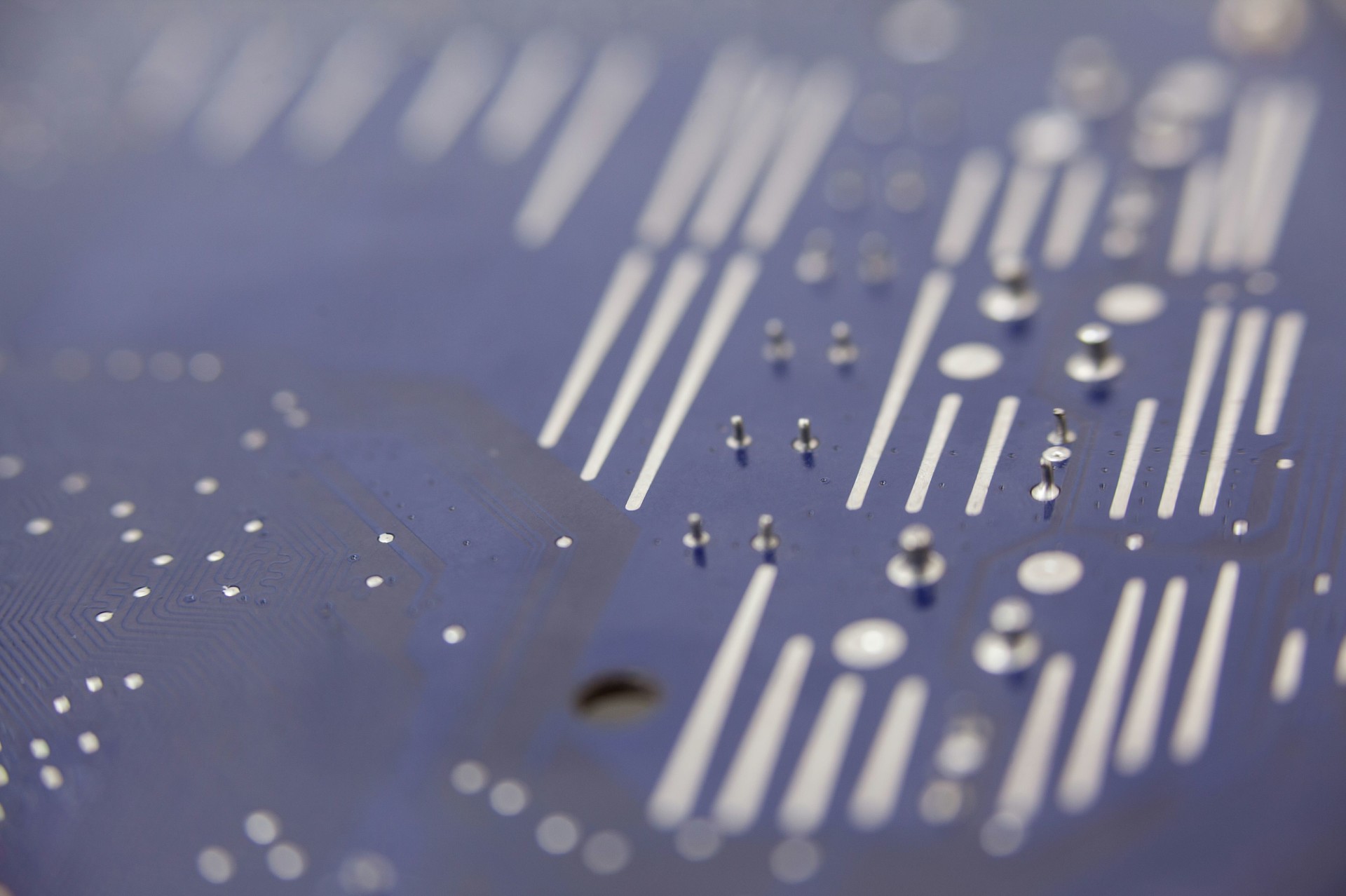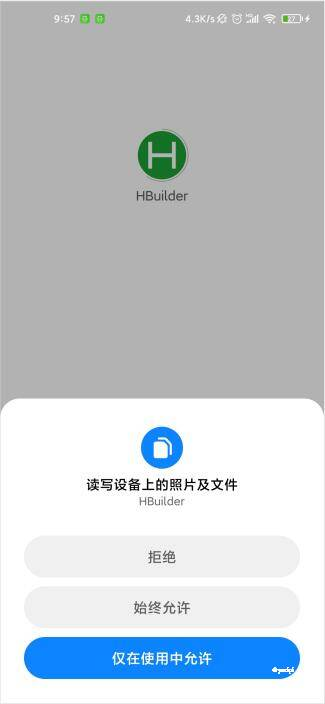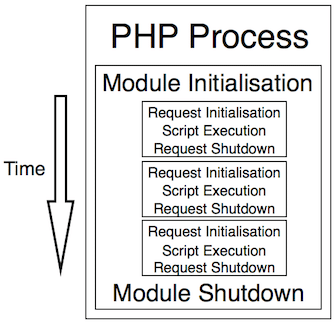Java 创建线程的四种方式
继承Thread类
步骤
- 定义一个Thread类的子类,重写run方法,将相关逻辑实现,run()方法就是线程要执行的业务逻辑方法
- 创建自定义的线程子类对象
调用子类实例的star()方法来启动线程
public class MyThread extends Thread {
@Overridepublic void run() {System.out.println(Thread.currentThread().getName() + " run()方法正在执行...");}
}
public class TheadTest {
public static void main(String[] args) {MyThread myThread = new MyThread();myThread.start();System.out.println(Thread.currentThread().getName() + " main()方法执行结束");}
}
运行结果
main main()方法执行结束Thread-0 run()方法正在执行...
实现Runnable接口
步骤
- 定义Runnable接口实现类MyRunnable,并重写run()方法
- 创建MyRunnable实例myRunnable,以myRunnable作为target创建Thead对象,该Thread对象才是真正的线程对象
调用线程对象的start()方法
public class MyRunnable implements Runnable {
@Overridepublic void run() {System.out.println(Thread.currentThread().getName() + " run()方法执行中...");}
}
public class RunnableTest {
public static void main(String[] args) {MyRunnable myRunnable = new MyRunnable();Thread thread = new Thread(myRunnable);thread.start();System.out.println(Thread.currentThread().getName() + " main()方法执行完成");}
}
执行结果
main main()方法执行完成Thread-0 run()方法执行中...
使用Callable和Future创建线程
步骤
- 创建实现Callable接口的类myCallable
- 以myCallable为参数创建FutureTask对象
- 将FutureTask作为参数创建Thread对象
调用线程对象的start()方法
public class MyCallable implements Callable
{ @Overridepublic Integer call() {System.out.println(Thread.currentThread().getName() + " call()方法执行中...");return 1;}
}
public class CallableTest {
public static void main(String[] args) {FutureTask<Integer> futureTask = new FutureTask<Integer>(new MyCallable());Thread thread = new Thread(futureTask);thread.start();try {Thread.sleep(1000);System.out.println("返回结果 " + futureTask.get());} catch (InterruptedException e) {e.printStackTrace();} catch (ExecutionException e) {e.printStackTrace();}System.out.println(Thread.currentThread().getName() + " main()方法执行完成");}
}
执行结果
Thread-0 call()方法执行中...返回结果 1main main()方法执行完成
使用Executor框架创建线程池
Executors提供了一系列工厂方法用于创先线程池,返回的线程池都实现了ExecutorService接口。
主要有newFixedThreadPool,newCachedThreadPool,newSingleThreadExecutor,newScheduledThreadPool,后续详细介绍这四种线程池
public class MyRunnable implements Runnable {@Overridepublic void run() {System.out.println(Thread.currentThread().getName() + " run()方法执行中...");}}public class SingleThreadExecutorTest {public static void main(String[] args) {ExecutorService executorService = Executors.newSingleThreadExecutor();MyRunnable runnableTest = new MyRunnable();for (int i = 0; i < 5; i++) {executorService.execute(runnableTest);}System.out.println("线程任务开始执行");executorService.shutdown();}}
执行结果
线程任务开始执行pool-1-thread-1 is running...pool-1-thread-1 is running...pool-1-thread-1 is running...pool-1-thread-1 is running...pool-1-thread-1 is running...



































还没有评论,来说两句吧...